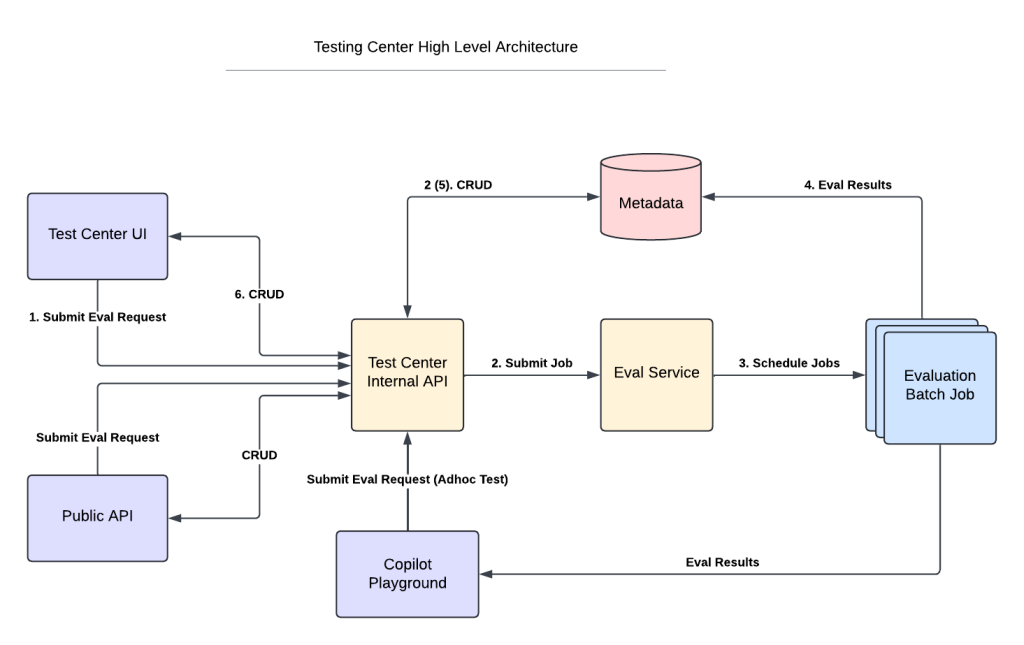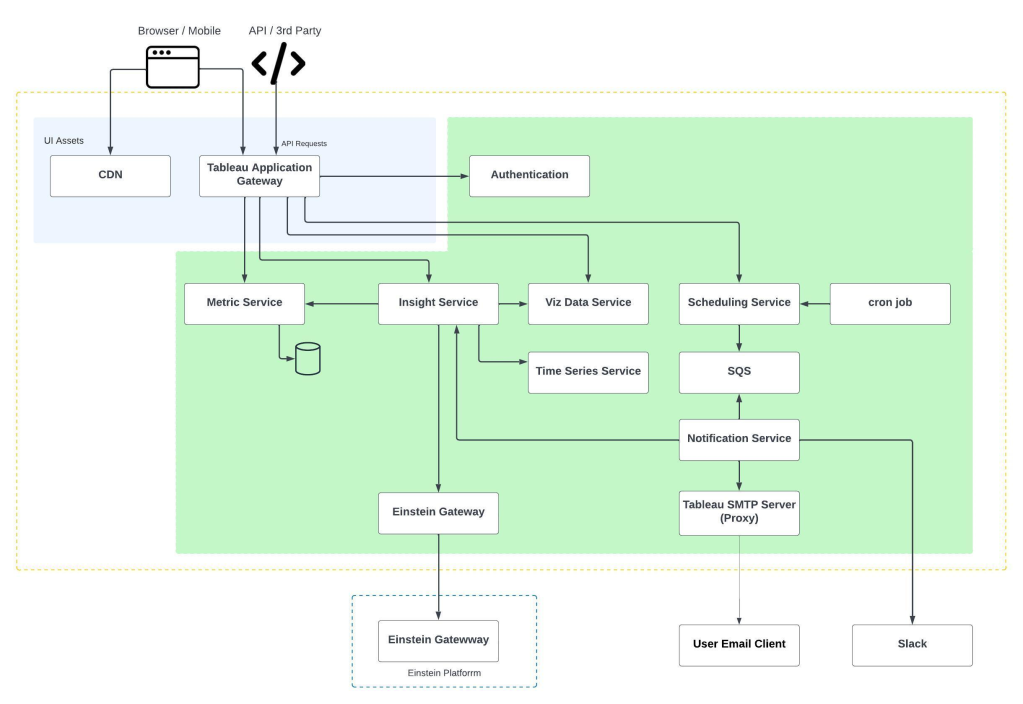
In our latest edition of our “Engineering Energizers” Q&A series, we meet Paul Constantinides, Executive Vice President of Engineering. With an extensive history in the technology industry, and a 20-year career at Salesforce, Paul leads the Hyperforce Platform Services team and is responsible for developing Hyperforce, Salesforce’s public cloud-native architecture that enables enhanced trust, global deployment, scalability, agility, and enhanced customer experiences.
Discover how Paul’s team overcame major challenges during the Hyperforce migration and integrated AI to enhance performance, user experience, and incident prevention and rapid resolution.
What motivated the development of Hyperforce and how does it align with Salesforce’s long-term goals?
Salesforce’s shift to the public cloud was inevitable, and was driven by several factors:
- Importance of trust and customer success, driving the need for continuous advancements in security, availability, scalability, performance, and agility.
- The vision of the Customer 360, which enables our customers to connect with their customers in an ever expanding and transforming way.
- Industry shift towards the public cloud, that allowed us to leverage state of the art technologies for rapid innovation and global scale.
The only way we could achieve an integrated and scalable Customer 360 was for the Salesforce Einstein 1 Platform to leverage an underlying Infrastructure-as-a-Service (IaaS).
What are the top three infrastructure challenges Hyperforce solves?
- Consistent technology platform for security, availability, and scale: Our unified technology supports zero trust security, multi-availability zone resilience, and elastic auto-scaling, ensuring a uniform trust level across all products.
- Faster and safer deployment: Our consistent pipelines and managed release process facilitate health-mediated releases, allowing for safe and efficient change management. This system enables us to quickly innovate while having the capability to hold or rollback changes as needed.
- Global agility: We can deploy all our products globally, quickly, to achieve in-country data residency and compliance.
Paul explores Salesforce Engineering’s culture.
What was one of the biggest challenges your team faced in rolling out Hyperforce?
We have successfully transitioned about 50% of Salesforce’s customer traffic to Hyperforce, handling tens of billions of transactions daily. This scale required a fundamental shift in our approach to technical software architecture and its management and planning. We moved from viewing our systems as static and unchanging to seeing them as dynamic environments, continuously innovating and optimizing.
With Hyperforce, we embraced resiliency, elasticity, efficiency, and continuous improvement. Implementing technical platforms that support recovery-oriented failover, auto-scaling compute, efficient storage, and robust methods for rolling out continuous architectural improvements has been crucial to our success.

Can you discuss the role of AI and machine learning in Hyperforce? How are these technologies leveraged to enhance performance and user experience?
The current technological transformation and advancements in AI represent the most thrilling period I’ve experienced in my career. We developed Hyperforce to incorporate the Einstein Trust Layer, allowing our customers to leverage generative AI while protecting their data. Within Hyperforce, we extensively utilize predictive AI to enhance our operational efficiency at scale, enable proactive early detection, and respond to system-level issues, thereby reducing or preventing impact on customers.
We employ generative AI to aid in AIOps and root cause analysis, enhancing our response speed to prevent recurring incidents. Additionally, we use generative AI to assist customers in optimizing their Salesforce implementations via Scale Center and Apex Guru, which improves performance and scalability for our clients.
Our assistant for helping developers write code, CodeGenie, is also a critical component in our development process. Tailored for Salesforce specific product and technology development, it helps ensure that our developers are highly productive and rapidly delivering trusted innovation.
Paul dives a bit deeper into AIOps.
How do you envision the future of AI within Hyperforce?
We are further integrating AI into Hyperforce, focusing on areas such as predictive auto-scaling and resource management. I am confident that with the progress in generative AI, it will become essential for creating highly secure, available, and scalable systems in the future.
As traffic continues to surge through Hyperforce, we will increasingly depend on AI to deliver the most trusted and optimal customer experience for our clients.
Paul shares why engineers should join Salesforce.
What are the ongoing research and development (R&D) efforts within Hyperforce?
One of the greatest areas of innovation for Hyperforce has been an expansion of the original multi-tenant magic that Salesforce is based on. We are delivering three new capabilities that I am very excited about:
- The launch of tenant-level encryption in Hyperforce enhances our Shield product by enabling customers to encrypt their organization’s transactional data with a unique tenant-specific key. This addition offers unprecedented flexibility, allowing customers to significantly enhance the security and privacy of their data.
- The introduction of Quick Clone and Quick Create sandboxes revolutionizes the traditionally lengthy and cumbersome copy process. This technology significantly reduces the time required to set up sandboxes, enhancing agility and delivering substantial value to our customers.
- The availability of a Scale Test offering provides a robust solution for validating and expanding high-scale, critical customer implementations on Salesforce. This service facilitates key events and addresses performance and scalability issues throughout the testing cycle.
Learn More
- Explore how internal Salesforce teams are automatically migrating from data centers to Hyperforce in this blog.
- Discover how AIOps helps Hyperforce overcome 4 major incident management challenges in this blog.
- Stay connected — join our Talent Community!
- Check out our Technology and Product teams to learn how you can get involved.






